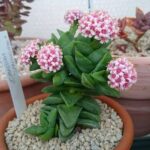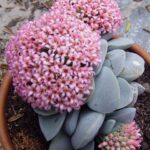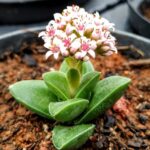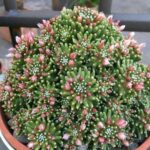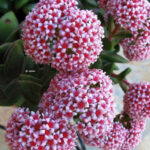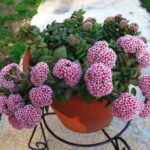The Crassula Springtime is a petite succulent that boasts fleshy, triangular green leaves. The leaves typically form in little rosettes, with several of them sprouting along the plant’s stem. It’s believed that this particular plant is a hybrid of the Crassula rupetris and Crassula perfoliata var. minus species.
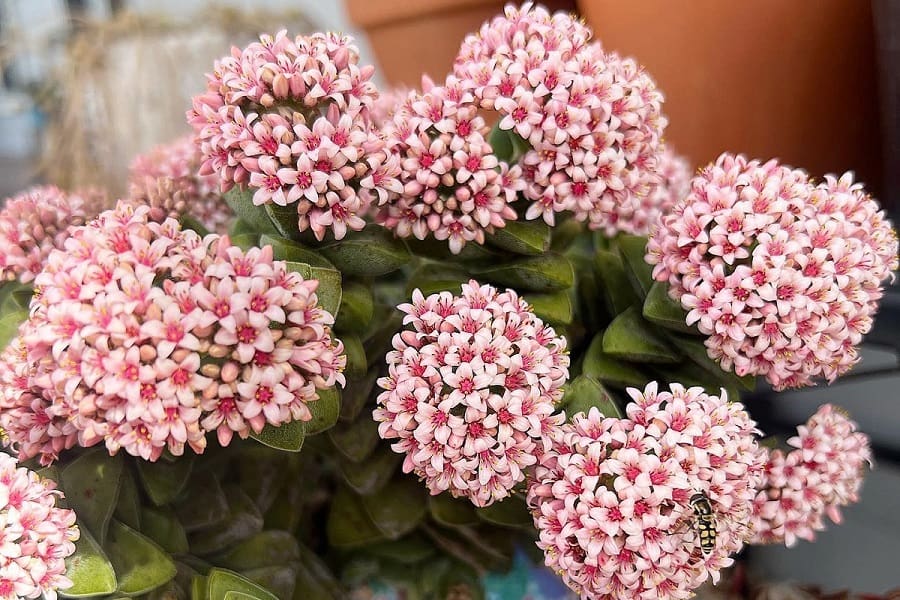
As spring takes over, the plant bursts into life with clusters of flowers in a range of pink hues. The center flaunts a stunning red color while the petals are in lighter shades, creating a beautiful contrast.
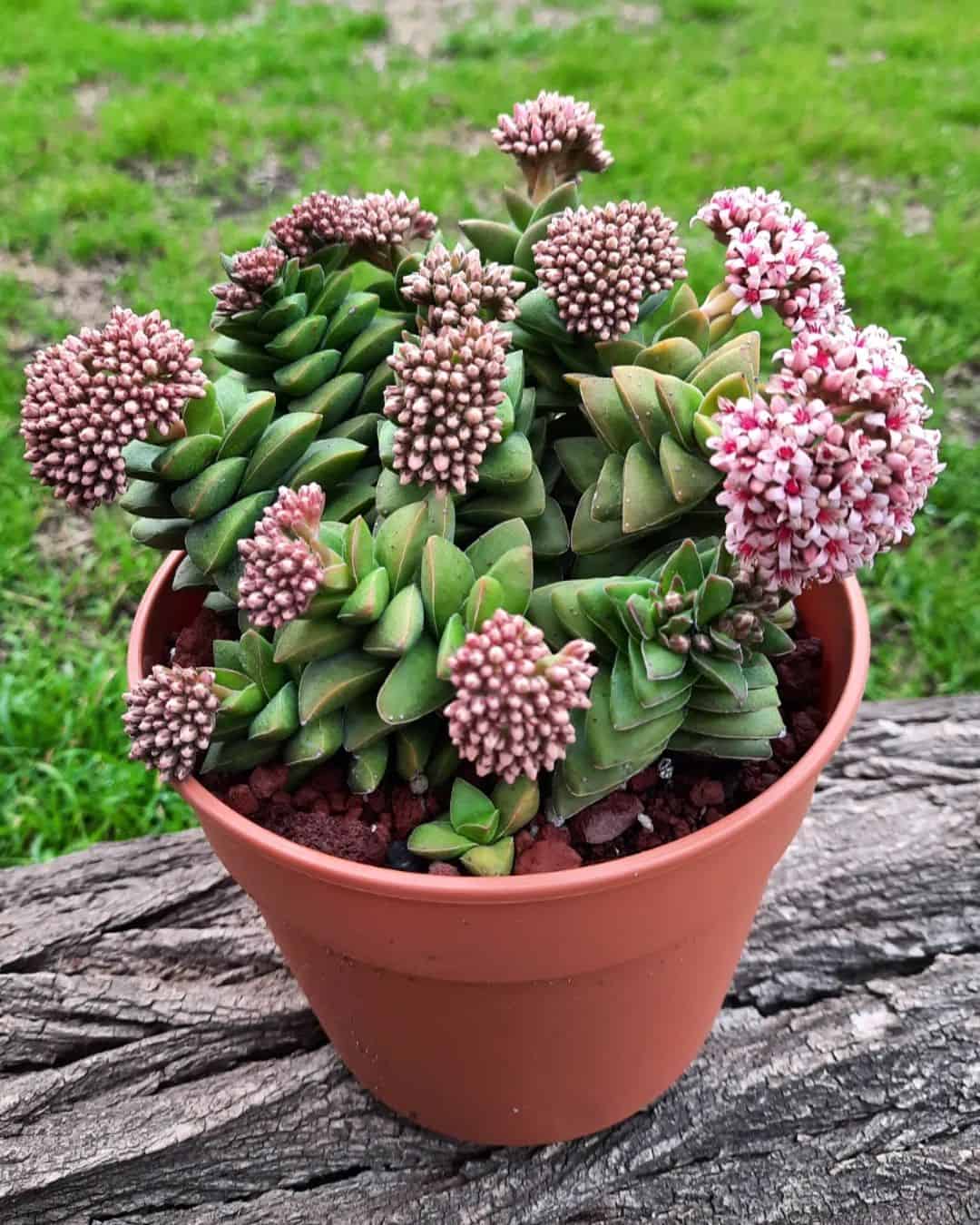
Taking Care of Crassula Springtime: Light Requirements
If you want your Crassula Springtime succulent to grow healthy and happy, it needs ample sunlight. Place it on a sunny windowsill where it can get the full or partial sun it craves. Direct sunlight is also beneficial for this plant’s growth.
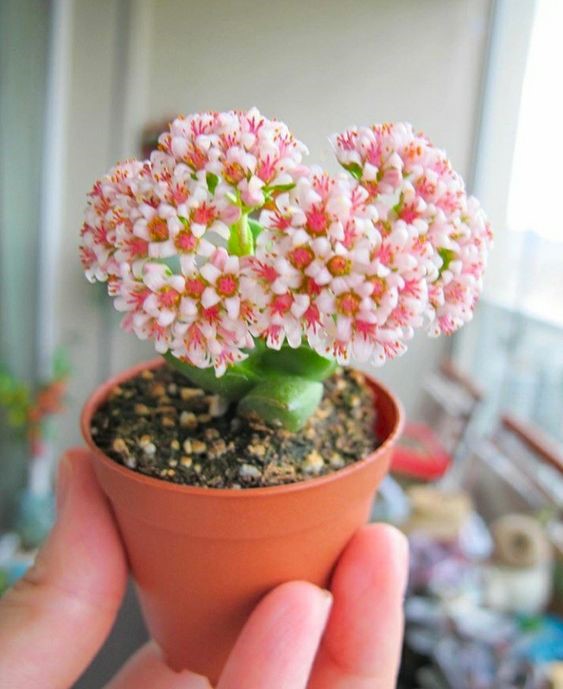
Without adequate sunlight, the Crassula Springtime plant will grow slender and fail to produce any blooms. It is better suited for outdoor growth than indoor growth.
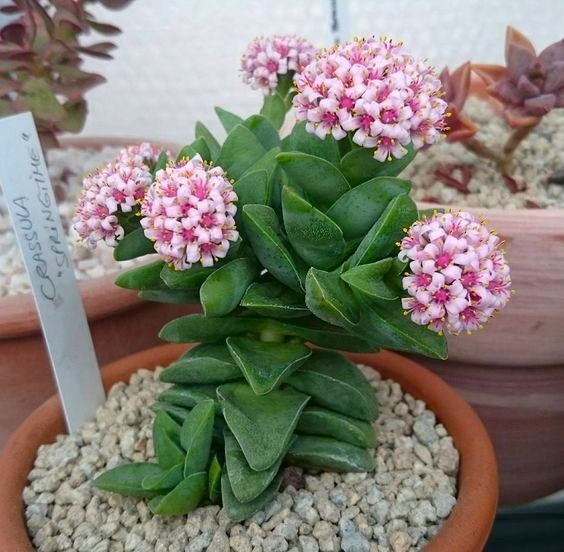
Watering is important for the Crassula Springtime succulent, just like with other succulents. The plant requires enough water to prosper and maintain its health. However, it is crucial to avoid giving excess water and allowing the plant to sit in water.
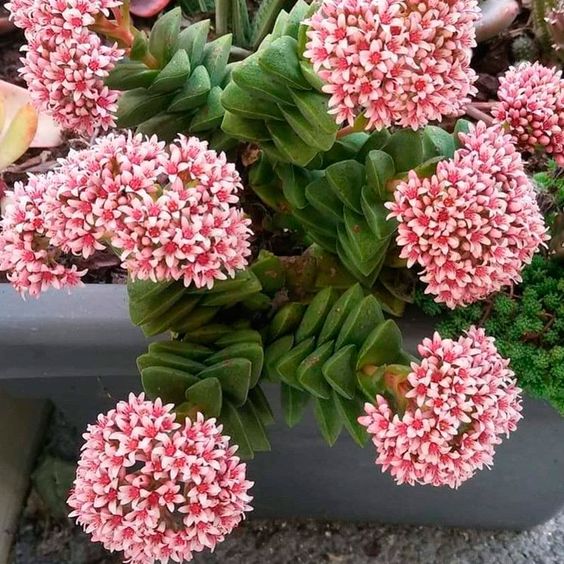
During the growing months of April to September, it is important to water Crassula Springtime consistently. However, in the dormant phase during the colder months of autumn and winter, it is best to limit watering to avoid over-saturating the plant.
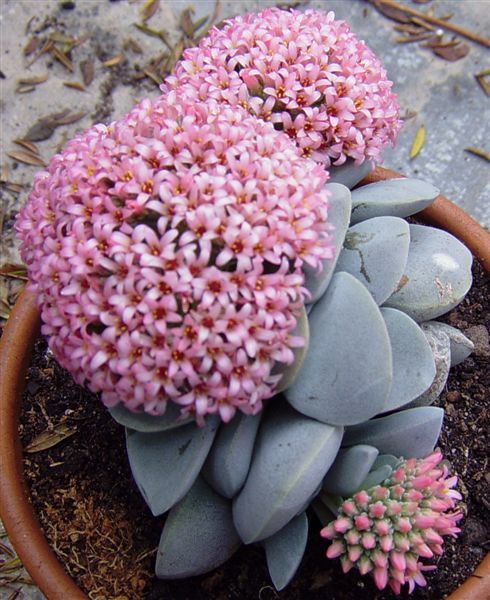
For optimal watering of your Crassula Springtime plant, simply wait for the soil to completely dry out and then saturate it thoroughly.
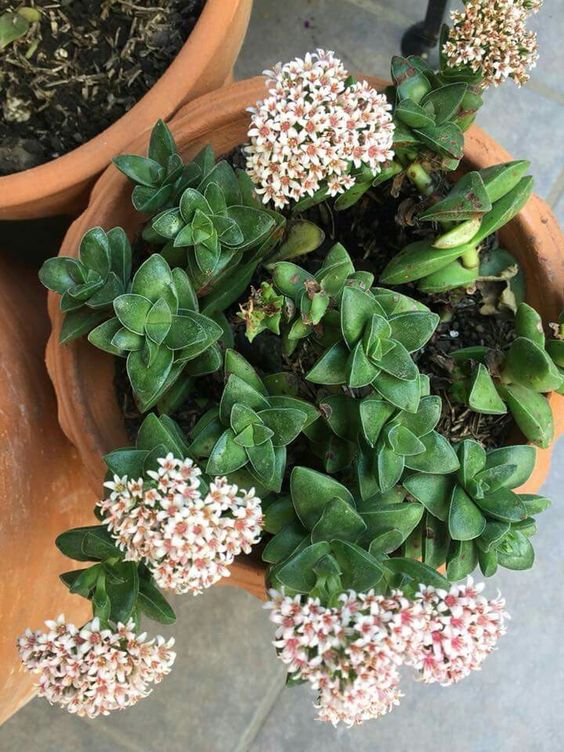
Floor
For optimal growth, the Crassula Springtime succulent prefers to be planted in soil that is gritty and has excellent drainage. Mineral soils with minimal organic matter are ideal. You can improve the soil’s draining ability by mixing in either pine bark or coconut.
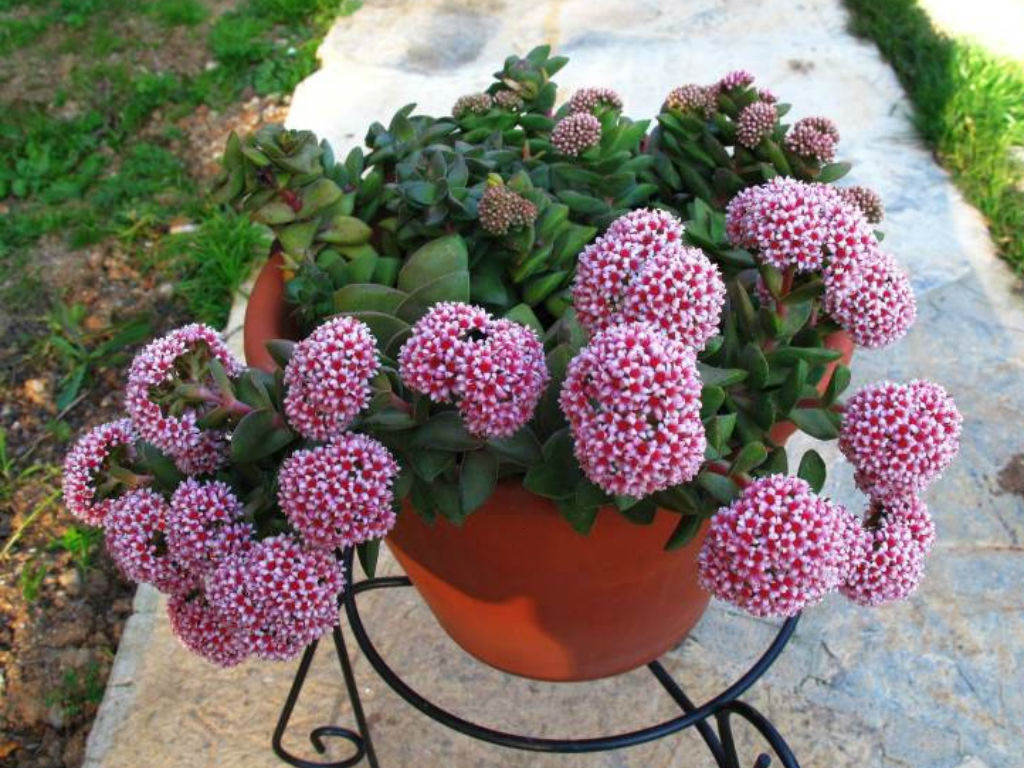
Fertilizing your Crassula Springtime plant can actually do more harm than good by causing excessive growth and ruining its sleek appearance. However, during the plant’s active growing season in spring and summer, adding fertilizer every two weeks can provide necessary nutrients.




